“Another village, another one of the innumerable villages we saw, and whose names we heard only to forget them immediately afterward. We got there in the dark and slept in a barn. . . . In the morning we moved into a house where an infant had just died. The women were wailing over the small white corpse in a long, drawn-out, free-form lament. The father kissed the bare hands, the bloodless lips. They were weeping, but they gave us their hospitality freely and kindly. There was no doctor anywhere about, so I wrote out the death certificate. The old farmer thanked me. He talked about his life, long years as a prisoner in Siberia, in chains, the bitter cold, with forced labor and beatings. We never learned what his crime had been; nothing but humility and kindness shone from his pale blue eyes.
“The carpenter put together the coffin from unfinished boards in the yard. The women, singing again, dressed the boy in his Sunday best, bedded him on hay, pressed a cross nailed together from a couple of sticks in his folded hands. They buried the coffin in their garden. No cross marked it, just a brown tump in the bleak landscape. Parents, brothers and sisters, and friends ate a chicken for a funeral feast. One was cooked for us as well. The hospitality was extraordinary. We didn’t deserve it.”
– Willy Peter Reese, A Stranger to Myself: The Inhumanity of War: Russia, 1941–1944, pages 37–38.
Published nearly six decades after the end of World War II, this passage from A Stranger to Myself written by a young German soldier, Willy Peter Reese, is memorable for many reasons to students of history. As part of the Wehrmacht invading Russia in the latter half of 1941, Reese describes his experiences with a peasant family that was largely indistinguishable to him from the hundreds of thousands of other peasant families caught in the path of the German juggernaut as it headed deeper into Soviet territory. But in just a few sentences, Reese conveys impressions with deep implications that illuminate why the Nazi-Soviet war would descend into a vicious hell on earth.
One of the first impressions Reese conveys is the seemingly limitless geographic depth of the rural Soviet Union, as the German army passes by town after town that blend together into a massive countryside canvas the farther the army heads east. But Reese is able to see and comprehend the humanity of these peasants when he describes the grief of the family who has lost an infant son. As any parent knows, an infant is especially vulnerable to the world as it is reliant on others to feed, clothe, and take care of it. While we do not know the immediate cause of death, Reese’s passage implies that the hard circumstances of rural village life might be the cause—at any rate, the baby in question was not killed by the German invader, in this instance.
Reese’s interaction with the old farmer is also revealing. The Soviet dictator Joseph Stalin brutally oppressed the peasantry by forcing millions off their private farms onto collective farms owned by the state in the early 1930s, and then starved millions to death in the Ukraine when they resisted. When agricultural production dropped, Stalin blamed the kulaks, or well-off farmers, as class enemies and “wreckers” of the Revolution. The old farmer’s story testifies to a great tyranny. It is highly likely that the farmer, exiled and beaten in Siberia, had in fact committed no crime other than to be more successful than his neighbors at farming. The importance of this information is that it illuminates a missed political opportunity for the Germans: Stalin’s regime was deeply unpopular with the peasantry, and they might have given the Germans military support had the peasants been treated with the humanity exhibited by Reese when he assisted the family by writing out the infant’s death warrant. In fact, many Russian peasants initially greeted the invading Wehrmacht as liberators from Stalin, and this attitude is evident in Reese’s experience as the peasants provide him and his fellow soldiers a chicken to share in the funeral dinner and grieving for the dead infant.
But Adolf Hitler had informed his generals that the invasion of the Soviet Union would be a unique campaign even before Operation Barbarossa had been launched. In a March 30, 1941, prep speech to over 200 generals, Hitler had informed the Wehrmacht leaders that unlike previous campaigns, the war against the Soviet Union would be an ideological war pitting Hitler’s racist ideology against Judeo-Bolshevik Communism, and that it would be a war of annihilation. Subsequent military decrees for the conduct of the Wehrmacht in Russia removed review powers from the German military courts for soldierly excesses, ordered enemy guerilla fighters to be immediately executed, and justified wholesale reprisals against civilian communities when individual resisters could not be identified or held accountable.
In other words, Hitler had cast the entire military invasion of the Soviet Union as a gigantic criminal exercise, recognizing virtually no limits on murderous conduct by the Wehrmacht before the first soldier had crossed the frontier. One wonders how much the 20-year-old Willy Reese already understood and knew of this reality when one reads his last, ominous line in the passage: “We didn’t deserve it.”
Note: This is the first of two related posts. Read the second post here.
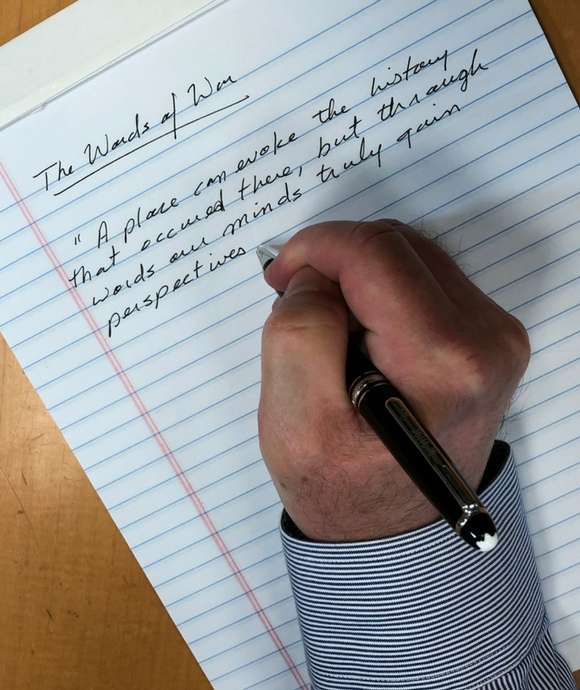
“A place can evoke the history that occurred there, but through words our minds truly gain perspectives and understanding of what it was like to know, feel, experience, hope, fail, triumph, and live through events from which we ourselves were absent. The written word is our most intricate map to retrace and reconstruct what we think happened, and ultimately brings us back to ourselves.”
– Keith Huxen, PhD, Senior Director of Research and History, The National WWII Museum
Keith Huxen
Keith is the former Senior Director of Research and History in the Institute for the Study of War and Democracy at The National WWII Museum.
Cite this article:
MLA Citation:
APA Citation:
Chicago Style Citation:
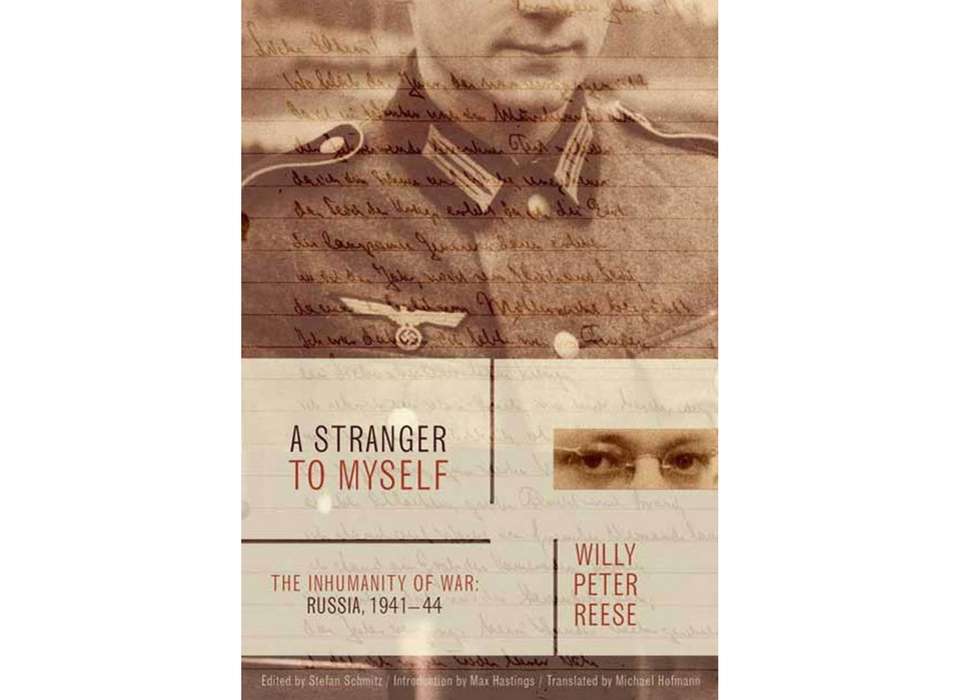

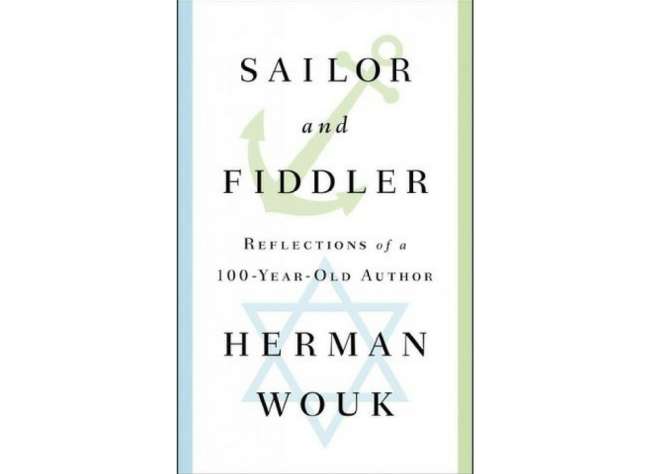
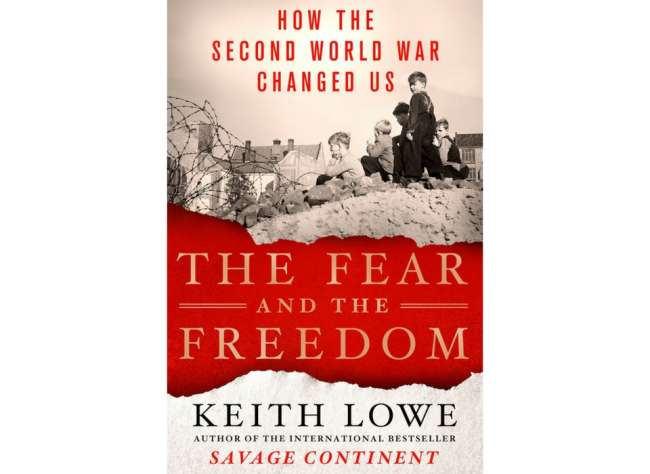
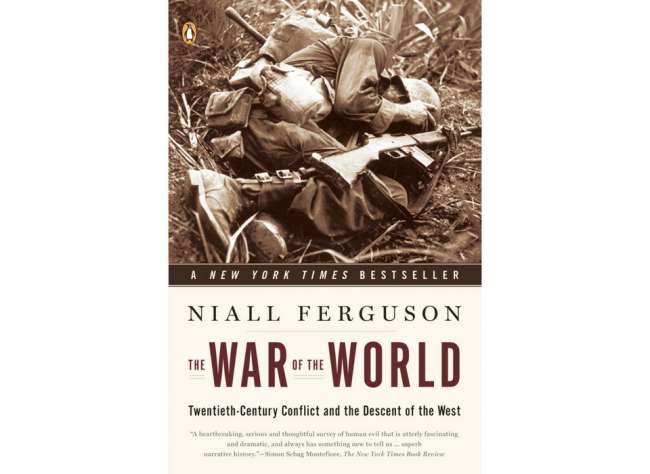



![Max Fuchs, New York City cantor, sings as Rabbi Sydney [sic] Lefkowitz, Richmond, VA, conducts the first Jewish services from Germany.](/sites/default/files/styles/max_650x650/public/2025-10/image1.jpg)



